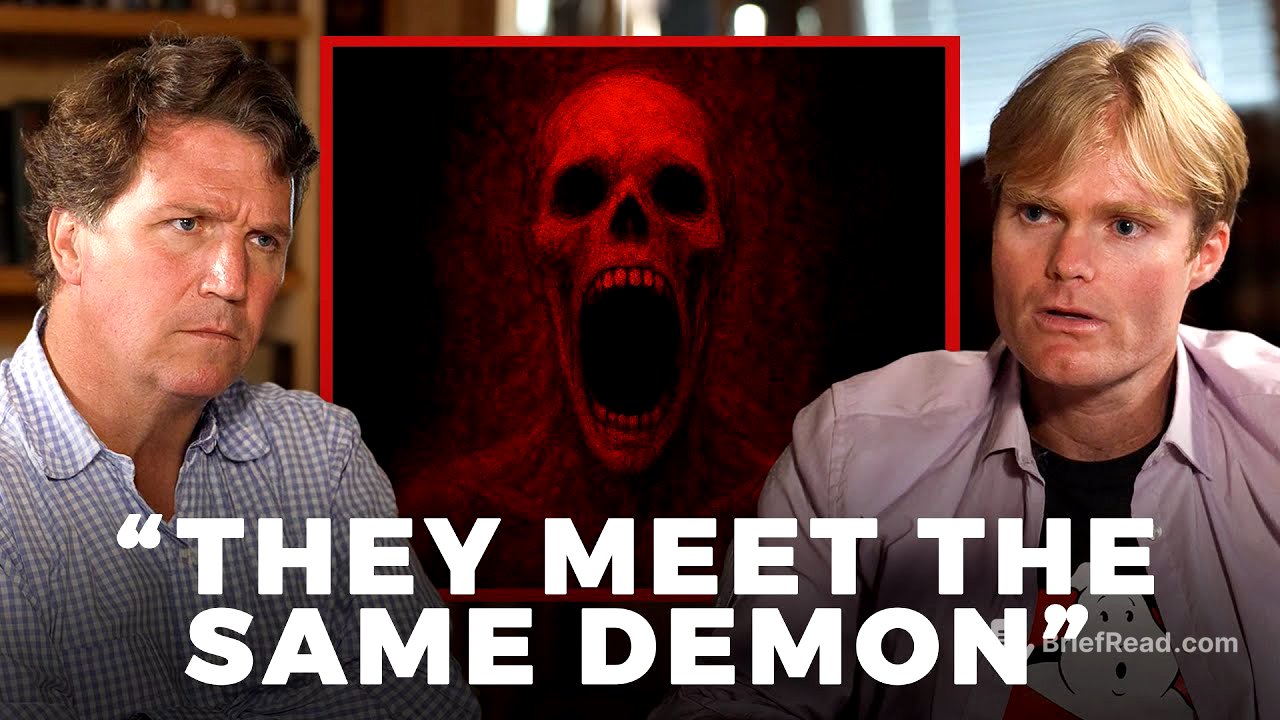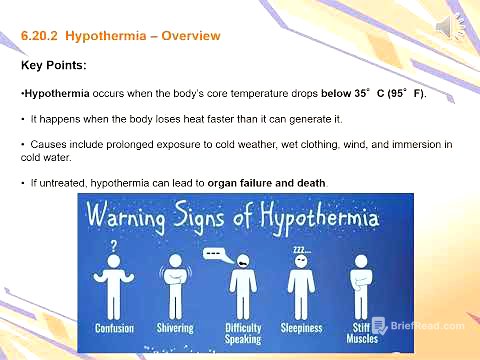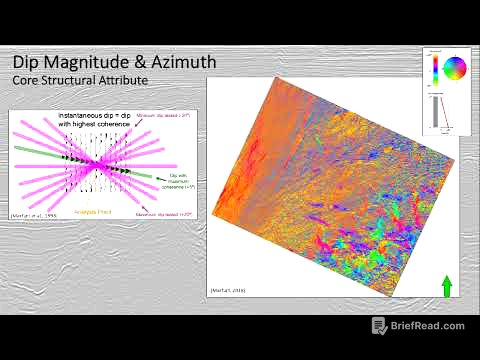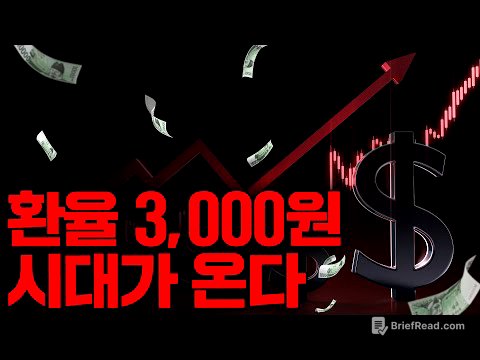TLDR;
The discussion centres around the recurring theme of technology, altered states of consciousness, and the potential for external spiritual or non-material influences. It explores how individuals, including scientists and technologists, under the influence of drugs like ketamine or DMT, often report similar visions or encounters, particularly concerning the rise of machines and AI. The conversation touches on historical precedents, such as the story of Jack Parsons, a rocket scientist involved in occult practices, and raises questions about the nature of reality, the influence of a spiritual realm, and the potential demonic aspects of certain technologies.
- The same ideas about machines evolving and taking over recur among individuals using drugs like ketamine.
- Ancient art and universal symbols suggest shared visions and responses to external influences.
- Historical figures in science, like Jack Parsons, combined scientific pursuits with occult practices.
Recurring Visions and AI Apocalypse [0:00]
The conversation begins by noting that individuals like Elon Musk and Nick Land, as well as scientists from the 1970s such as John C. Lilly, share similar ideas about machines evolving and potentially taking over humanity. Lilly, while experimenting with ketamine in isolation tanks, had visions of "solid state entities" and an AI apocalypse, a theme echoed in modern films like the "Mission Impossible" series. The speaker highlights that this phenomenon of shared visions among people from different backgrounds who use these drugs is strange and alarming.
The Influence of Psychedelics and Shared Experiences [1:36]
The discussion continues by exploring the idea that certain drugs may put people on the same "wavelength," leading to shared ideas and experiences. It's noted that individuals under the influence of DMT sometimes report encountering the same entities, such as "machine elves." This phenomenon raises questions about whether these visions originate from within the individual or from an external source. The conversation touches on Carl Jung's insight that ideas can come from outside oneself, challenging the materialist perspective that all thoughts originate within the individual.
The Spiritual Realm and Ancient Symbols [3:55]
The speakers discuss the existence of a spiritual realm that is as real as the physical world and constantly influences people. They draw parallels to ancient sacred art, which features similar images across different continents and time periods, suggesting shared visions and responses to something beyond individual experience. The universality of symbols like snake worship further supports the idea that people are responding to external influences rather than solely internal thoughts.
Tapping into the Spiritual Realm [4:06]
The speaker shares that their interest in these topics stems from their mother's experiences with both Christian faith and the psychedelic scene of the 1960s. Musicians and others who use drugs often do so to tap into the spiritual realm and draw inspiration from outside themselves. This challenges the Freudian analysis that such insights come solely from within the subconscious mind.
The Double Standard of Psychonauts [5:40]
The conversation addresses a double standard among "psychonauts" who initially claim that there is no difference between internal and external reality, until they encounter disturbing entities like demons during DMT experiences. This leads them to backtrack and assert that these experiences are solely internal. However, the fact that different people encounter the same entities suggests that these experiences may originate from an external realm.
Historical Precedents: Jack Parsons and the Occult [6:43]
The discussion shifts to historical precedents, focusing on the story of Jack Parsons, a rocket scientist who was deeply involved in the occult. Parsons, along with Elron Hubbard (the future founder of Scientology), performed rituals to manifest a supernatural being. This example illustrates a historical connection between scientific brilliance and involvement in strange, esoteric practices. Parsons' work in rocketry, which ultimately contributed to technologies used for killing, raises questions about the potential demonic aspects of certain scientific advancements.









